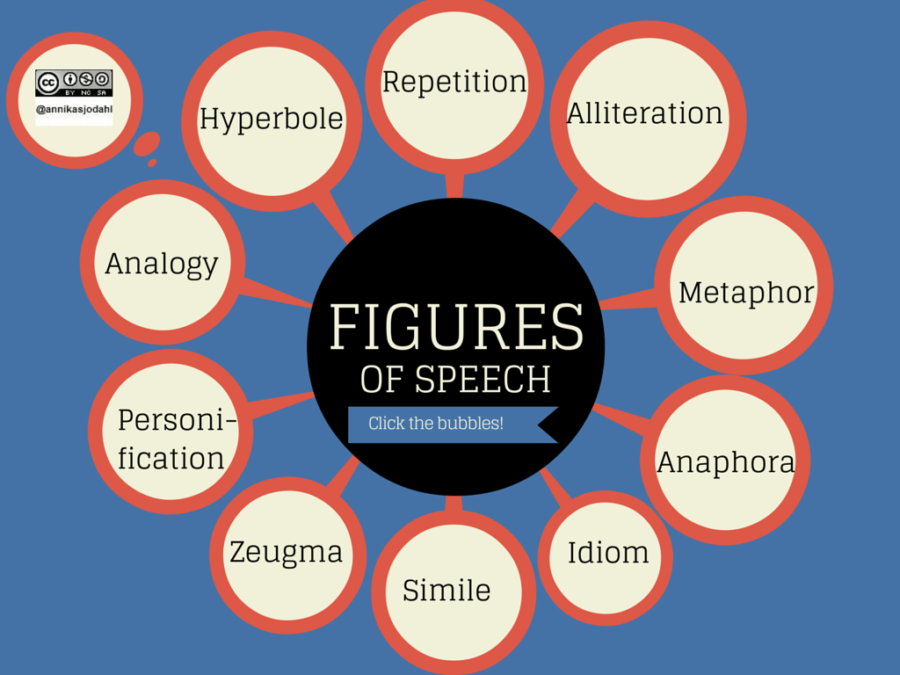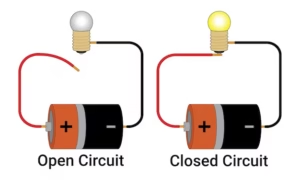Introduction to Figures of Speech
Have you ever read a sentence that painted such a vivid picture in your mind that it felt almost real? That magic often happens because of figures of speech. These linguistic tools make writing colorful, engaging, and powerful. From everyday conversations to literary masterpieces, figures of speech are everywhere, making language more expressive and impactful.
Why Figures of Speech Matter
Why do we even bother using figures of speech? Well, they help us express ideas in ways that plain language sometimes can’t. Instead of just saying what we mean, figures of speech allow us to evoke emotions, convey complex ideas with ease, and even add a dash of humor or drama. Whether you’re writing a casual email or crafting a novel, understanding and using figures of speech effectively can elevate your writing.
Let’s dive into the 10 types of figures of speech you should know about.
1. Simile
Definition of Simile
A simile compares two things using the words “like” or “as.” It’s an easy way to highlight similarities between two unrelated objects.
Examples of Simile
- “Her smile was as bright as the sun.”
- “He ran like a cheetah chasing prey.”
How Similes Enhance Writing
Similes make comparisons easier to visualize. By linking something unknown with something familiar, similes allow the reader to grasp the writer’s intent quickly. It’s like giving the reader a shortcut to understanding your message.
2. Metaphor
Definition of Metaphor
A metaphor also compares two things, but without using “like” or “as.” Instead, it states that one thing is another.
Examples of Metaphor
- “Time is a thief.”
- “The classroom was a zoo.”
Metaphors in Everyday Language
Metaphors are woven into the fabric of everyday speech. Whether we’re talking about “jumping through hoops” or feeling “on top of the world,” metaphors allow us to communicate efficiently and imaginatively.
3. Personification
Definition of Personification
Personification assigns human characteristics to non-human objects or abstract ideas.
Examples of Personification
- “The wind whispered through the trees.”
- “Opportunity knocked on the door.”
Why Writers Use Personification
Personification makes abstract concepts and inanimate objects relatable, breathing life into them. This figure of speech allows the reader to connect emotionally with things that would otherwise feel distant or unapproachable.
4. Hyperbole
Definition of Hyperbole
Hyperbole is an exaggerated statement not meant to be taken literally but used for emphasis or comedic effect.
Examples of Hyperbole
- “I’ve told you a million times!”
- “He’s faster than lightning.”
How Hyperbole Affects Reader Engagement
Hyperbole injects drama into writing. Whether it’s used to create humor or to emphasize a point, this figure of speech grabs the reader’s attention and adds flair to otherwise ordinary sentences.
5. Onomatopoeia
Definition of Onomatopoeia
Onomatopoeia refers to words that imitate the sounds they describe.
Examples of Onomatopoeia
- “The bees buzzed.”
- “The door creaked.”
Creating Sound in Writing with Onomatopoeia
Onomatopoeia makes writing more immersive by replicating sounds, pulling the reader deeper into the scene. It adds an auditory element to writing that can make descriptions feel vivid and alive.
6. Alliteration
Definition of Alliteration
Alliteration is the repetition of consonant sounds at the beginning of words in a sentence or phrase.
Examples of Alliteration
- “Peter Piper picked a peck of pickled peppers.”
- “Sally sells seashells by the seashore.”
The Power of Repetition in Alliteration
Alliteration creates a musical rhythm that can make phrases more memorable and fun to read. This technique is often used in poetry, advertising, and tongue twisters.
7. Oxymoron
Definition of Oxymoron
An oxymoron combines two contradictory terms to create a paradoxical effect.
Examples of Oxymoron
- “Deafening silence.”
- “Bitter sweet.”
The Paradoxical Appeal of Oxymorons
Oxymorons draw attention by combining opposites. This figure of speech invites the reader to think more deeply about the contradiction, making the phrase more thought-provoking.
8. Irony
Definition of Irony
Irony occurs when there’s a contrast between what is expected and what actually happens.
Examples of Irony
- A fire station burns down.
- A traffic cop gets a speeding ticket.
Types of Irony in Writing
There are three types of irony: verbal irony (saying one thing but meaning another), situational irony (when the opposite of what’s expected happens), and dramatic irony (when the audience knows something the characters do not). Irony adds layers to a story, giving it depth and nuance.
9. Pun
Definition of Pun
A pun is a play on words that exploits the multiple meanings of a word or words that sound similar but have different meanings.
Examples of Pun
- “Time flies like an arrow; fruit flies like a banana.”
- “I used to be a baker, but I couldn’t make enough dough.”
How Puns Add Humor and Wit
Puns are often used to create humor by exploiting the multiple meanings of words. They can add a lighthearted, witty twist to the conversation or writing.
10. Euphemism
Definition of Euphemism
A euphemism is a mild or indirect word or phrase used in place of something considered harsh or unpleasant.
Examples of Euphemism
- “Passed away” instead of “died.”
- “Let go” instead of “fired.”
Why Euphemisms Are Used in Language
Euphemisms soften the impact of difficult topics, making them easier to discuss. They can also serve as a way to be polite or tactful in sensitive situations.
Conclusion
Figures of speech are the spice of language, adding flavor and depth to communication. Whether you’re aiming to entertain, persuade, or inform, mastering these linguistic tools can significantly enhance the effectiveness of your writing. From the simplicity of a simile to the cleverness of a pun, figures of speech make your words come alive, creating an experience for your reader that’s both engaging and memorable.



















